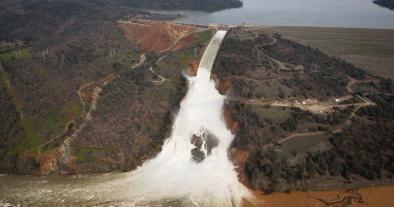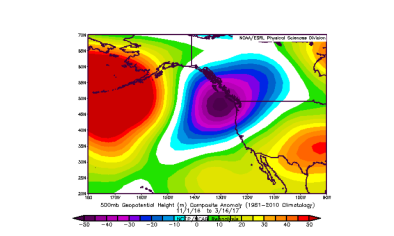Science Source
Causes of recent changes in western North American snowpack
- States that because global temperature has been increasing over the past century and that the warming is expected to accelerate due to anthropogenic forcing, understanding how temperature affects snowpack is of the utmost importance if we hope to project future snowpack changes in western North America
- States that as temperatures vary across the freezing point of water, snowpack in a mountainous region such as western North America would be directly affected through: (1) changes to the percentage of precipitation falling as rain or snow, and (2) melt anomalies
- Exploits interannual variability to demonstrate the sensitivity of snowpack to temperature during the various phases of the snow season
- Shows that the two mechanisms whereby temperature affects snowpack emerge in the mid to late portion of the snow season (March through May), but are nearly absent during the earliest phase (February)
- States the mid to late snow season is precisely when significant loss of snowpack is seen at nearly all locations over the past few decades
- Finds that at locations where April 1st SWE is increasing, the increase is entirely due to a significant enhancement of accumulation during the earliest phase of the snow season, when the sensitivity analysis indicates that temperature is not expected to affect snowpack
- Finds that, later in the snow season, when temperature is expected to affect snowpack according to the sensitivity analysis, these stations also exhibit significant snowpack loss comparable to the other stations
- Study authors say, "Based on this analysis, it is difficult to escape the conclusion that recent snowpack changes in western North America are caused by regional-scale warming"
Related Content
Headline

Mar 21, 2017 | State Net Capitol Journal
Storms Could Signify Changing Climate In California
Headline

Mar 21, 2017 | The New Yorker
California’s Drought May Be Over, But Its Water Troubles Aren’t
Headline

Mar 19, 2017 | California Weather Blog
Break in storms comes to end; Northern California closes in on record wet season
Headline

Mar 2, 2017 | Los Angeles Times
Water shut from Oroville Dam's damaged spillway in race against Mother Nature


